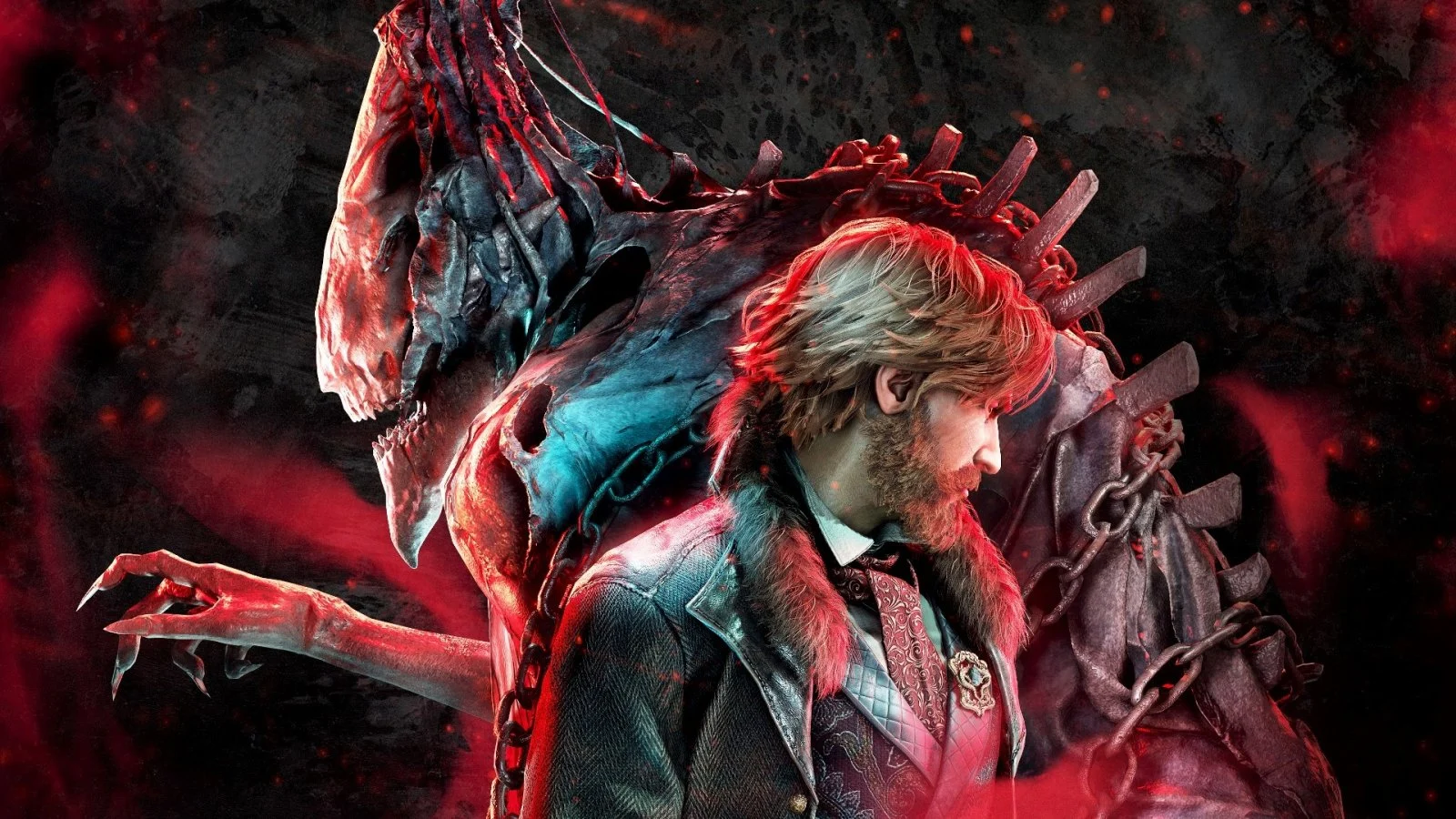The Thaumaturge describes itself as “a story-driven RPG with morally ambiguous choices, taking place in the culturally diverse world of early 20th century Warsaw. In this world, Salutors exist: esoteric beings that only Thaumaturges can truly perceive and use for their needs.”
We had the pleasure of discussing the game with Fool’s Theory Design Director, Karolina Kuzia-Rokosz. Read on for what she had to say about the ambitious dark RPG expected to be released on the 5th of December 2023 via PC, PlayStation 5 and Xbox Series X/S.
Howdy!
Hi! Karolina, Design Director here.
I just wanted to say thanks again for taking the time to sit down and answer a few questions. I imagine the whole studio is working hard to meet that December release.
Yes, full speed ahead. Let’s go!
Turn one: How did you go about researching 20th century Poland to create authentic, playable, and explorable areas during your portrayal of a partitioned and occupied Poland?
To talk about something truthfully and in a believable way, first you have to experience it in one way or another. We based our research on every type of material including old – photos, relations, digitalized or written accounts from people who were there at that time, but are no longer with us. Some of us used to, or still live in Warsaw, where you can literally touch the history [like a titular Thaumaturge – see, what we did there? 😉 ]
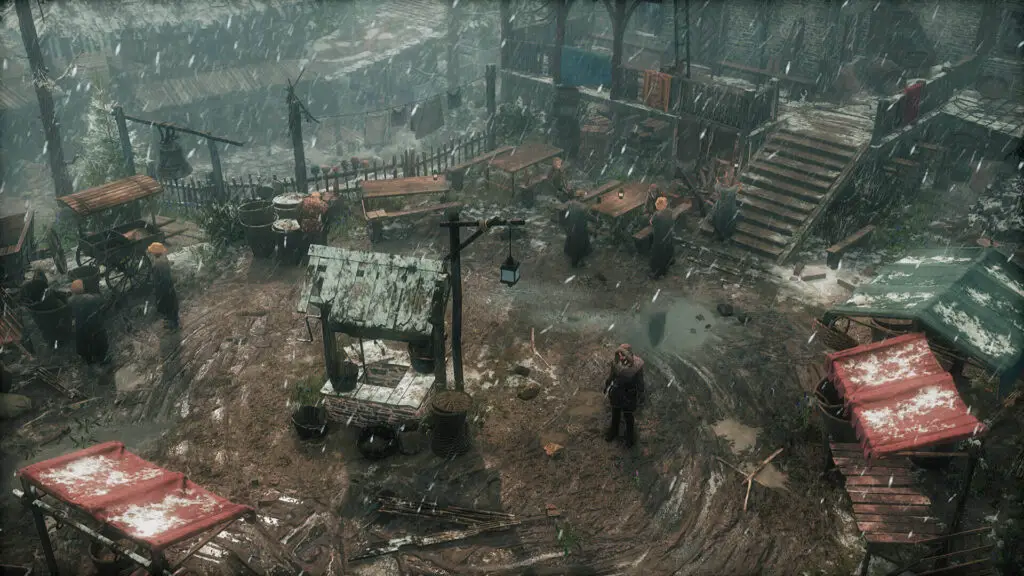
We no longer have many of these places in old Warsaw, as they had perished in war. Although we do have fascinating archives to study and try to recreate them in the digital world of the game. We offer you a walk through the past, as we tried to recreate those non-existent spaces, people and reality with the greatest possible attention to detail.
How many times have we wondered, what would it be like to see the lives of those from the past? We now have the perfect opportunity. The Thaumaturge is at its core, a story about people. Their dreams, loves, desires and demons. We wanted to portray them as they would be in the context of their time.
Turn two: How did you conceptualize the combat mechanics so that combat would stand out from the various other turn-based games out there while still maintaining depth?
We tried different approaches before deciding on the current one. The main thoughts or principles behind this design were:
- The power fantasy here is to be the thaumaturge, a miracle worker with powerful and deadly beings at your side – salutors.
- You are never alone because of them, but without them, you are way less mighty, almost ordinary, so it is your very essence to find them, as you want them by your side.
- Combat must be snappy, catchy, dark, decisions-based. You have to plan your moves to overcome enemies, especially since they are almost always greater in numbers.
- You have to have fun.
Keeping these in mind, design your combat to fulfill the fantasy of who you are. And iterate a lot.
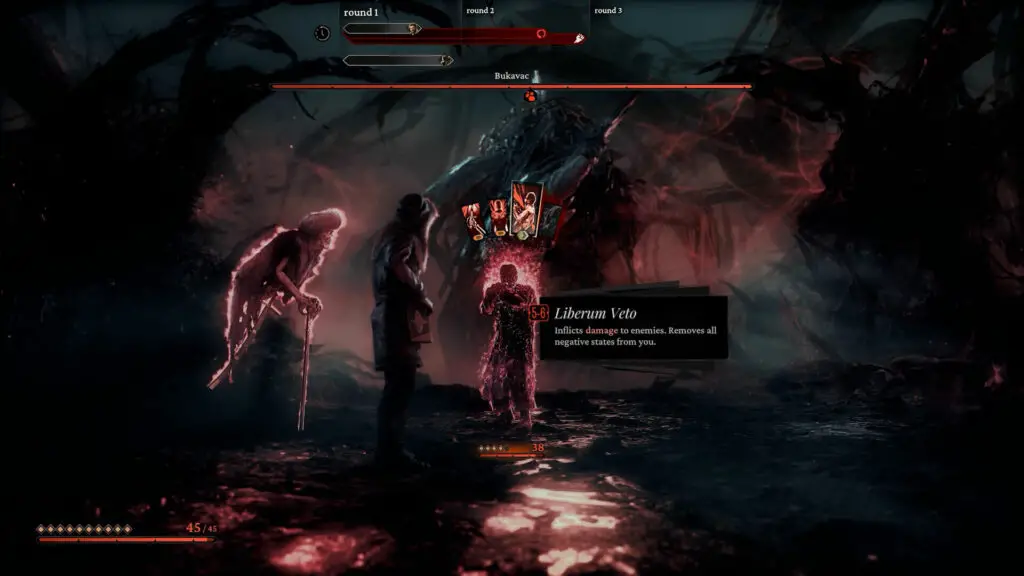
Turn three: How did you approach creating the lore for the world? and how much of it is influenced by Slavic folklore, or folklore from other cultures?
Since our protagonist, Wiktor Szulski, is a Slav, and this folklore is the most familiar to us, we were inspired by it heavily. However, 1905 Warsaw was (and still is) a diverse city, with inhabitants from various cultures, beliefs and backgrounds. So their lore plays a major part in our story too. Our salutors come from various cultural circles, so you could never be sure which of them you’ll meet in the city in the center of Europe.
Turn four: What made your team decide to make Rasputin such a prominent character in the narrative?
We adjusted ourselves to his timeline, actually 😉 knowing his story, it is not unlikely that he was at that time in Warsaw. It’s even plausible that he could have even traveled there with some mysterious thaumaturge, right?
But on a more serious note – Rasputin is a powerful and well-known infamous figure. A persona of sorts, stirring a variety of emotions. A strong trope. Also so mysterious, he catches eyes and raises questions almost immediately. You simply can’t ignore him.
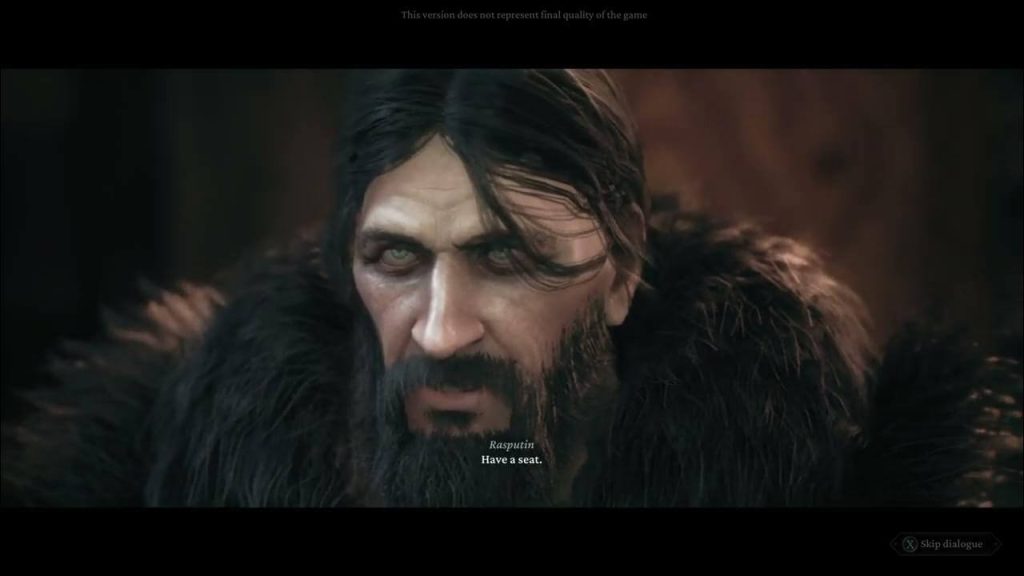
Turn five: How did your team approach pacing when it came to deciding when to space out the detective scenes versus the combat scenes in the game?
I would say it comes with experience. We have so many talented devs on board and only this way (and with constant iterations!) we managed to create a satisfying pacing. Again, one must always take a look back at the design principles – who is the protagonist? What is the fantasy here? What would suit the story best?
Turn six: What kind of experiences are you hoping to evoke from the player by making them build their characters around giving into certain vices during roleplay opportunities outside of combat?
We would like players to experience the life of a thaumaturge who could indeed have lived in Warsaw at that time. And we’d like everyone to interpret the events we created for them on their own. This is the story about imperfect people, who reach for what they truly want. And for Wiktor Szulski, it depends on players entirely, but you must know that other characters have their own ‘needs’ and ‘wants’ as well.
Thaumaturge is someone able to read emotions, thoughts of people, hidden in material objects, but also in people themselves. We believe, this way, you interact with the surrounding world in a deeper, more meaningful way. You’re able to look under the surface of things that seem ordinary but, in fact are not. Finally, through various mechanics in the game, you are able to stare into your own soul and see what it is that you truly want. Are you brave enough to reach for it?
We want to tell stories that move people, that evoke a variety of feelings and emotions, and stories that stay with them long after they have finished the game.
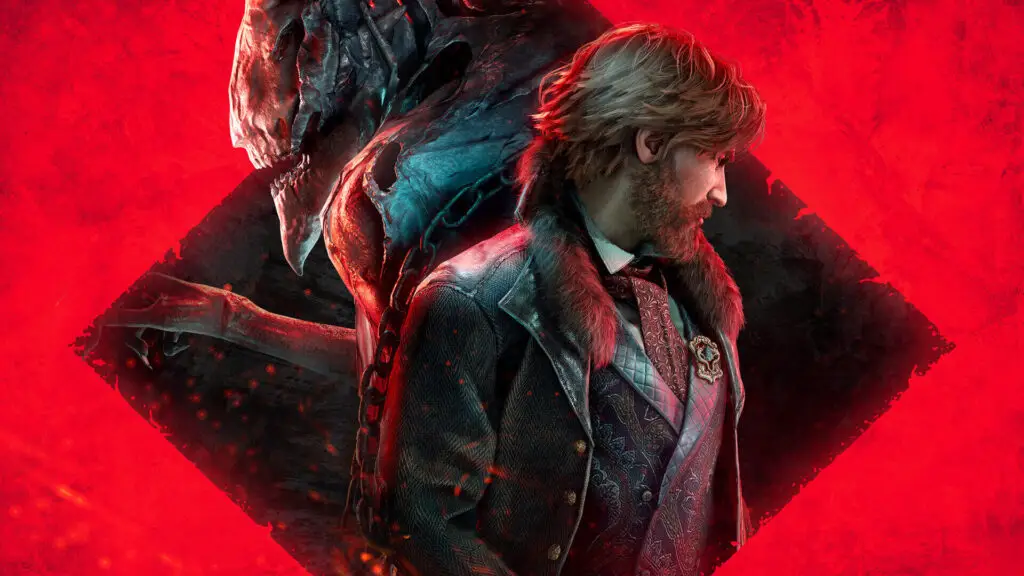
Turn seven: Why did your studio decide to focus on this specific area of history when telling the story of The Thaumaturge,
This particular period in Polish history was one of the richest in terms of events of historical unrest. After 110 years of partitions, the Polish dream of freedom seemed to be closer than ever, with all the changes coming from the East. We wanted to put our story in the very middle of this time, to see players clash with all sorts of characters with different agendas and allow them to make their own decisions about the surrounding world. This period was a potent background to tell the emotionally engaging story of the protagonist.
Turn eight: What lessons have your past releases taught you going into making The Thaumaturge?
We learned a lot about how we wanted to tell our stories in a more engaging and emotional manner than ever before, but past experiences also gave us a lot of technology-wise insight about how to implement them, and how to make them work.
Turn nine: Aside from the salutors, what other disconcerting elements can players face while playing The Thaumaturge.
By ‘disconcerting,’ do you mean ‘mysterious’ or/and ‘scary’? Salutors might look this way sometimes, however in their design there is a lesson of some sort – not all scary-looking entities are monsters. Those real ones tend to look, most of the time, ordinary.
We do show all sorts of human psyche, for instance. Various characters would make various decisions, sometimes based on their own agendas and sometimes, because of the player’s actions. We speak about hurt, love, disappointment, longing, happiness and fulfillment. All of these can be disconcerting too.
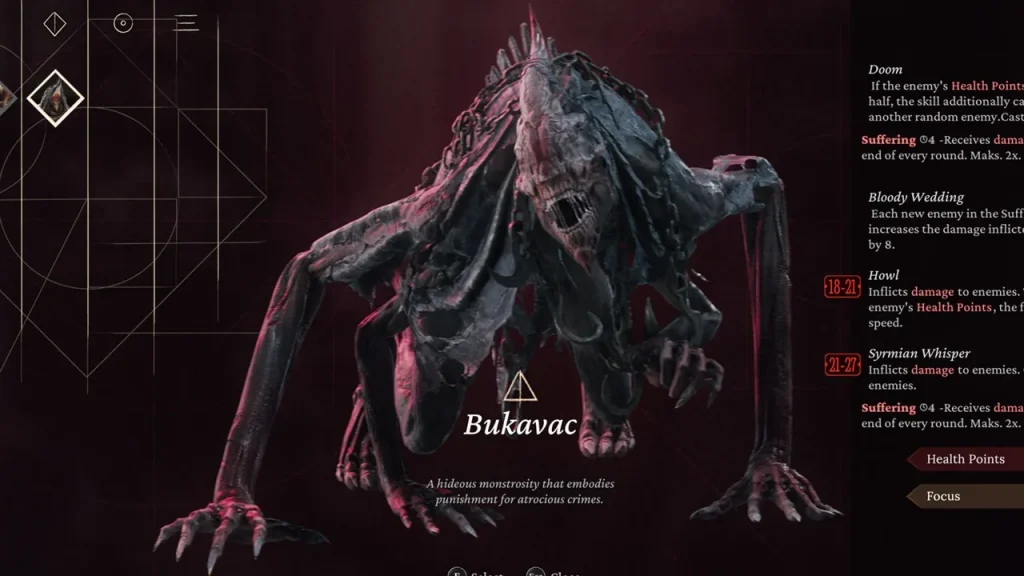
Turn Ten: What’s your strategy to help players learn the various systems at play when it comes to combat and not feel overwhelmed? There’s a surprising amount of depth once you factor in resolve, mental anguishes that can be inflicted, and non-static turn order determined by the speed of both players. And of course, the salutors having a role in combat as well?
We do realize how complex some of our systems can be, so the most important strategy is to introduce players to them step-by-step. From the very beginning, every encounter, up to some point, explains new elements that appear in combat, when it’s their time to shine.
When it comes to combat, salutors are the main force of the thaumaturge. Without their aid, it would be almost impossible to face enemies and defeat them. Salutors are a powerful weapon, and each of them is different. Every salutor belongs to one of four dimensions: Heart, Deed, Mind, and Word, as a thaumaturgy in general in our game. Each dimension can make a difference, when it comes to confronting various types of enemies.
Bonus turn: Bonus question, what salutor are you most excited for players to meet??
No spoilers! 🙂 Each of them is unique and is engaged differently by Wiktor. I want you to be surprised, by what kind of salutors we have in store.


